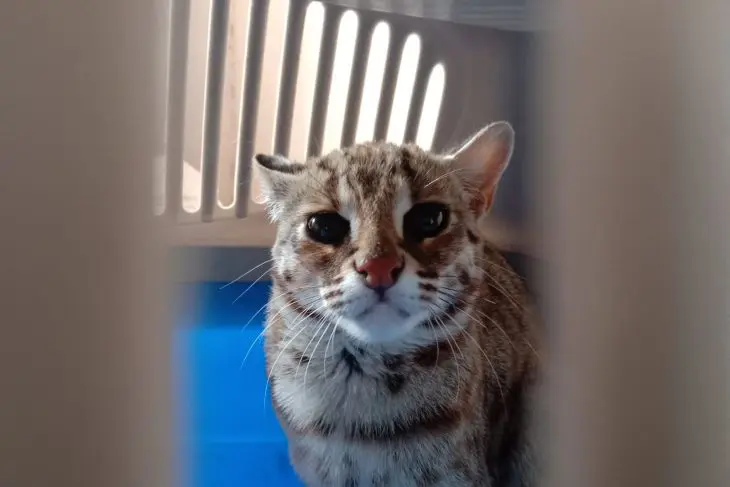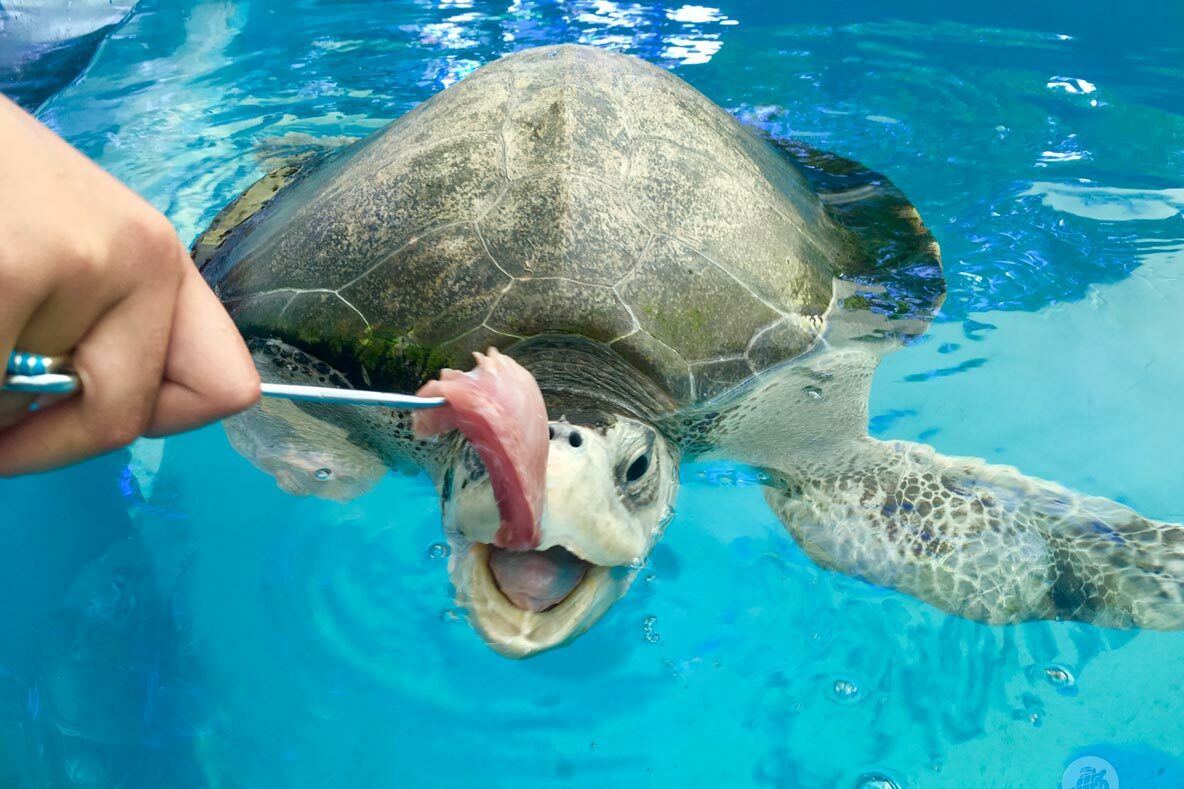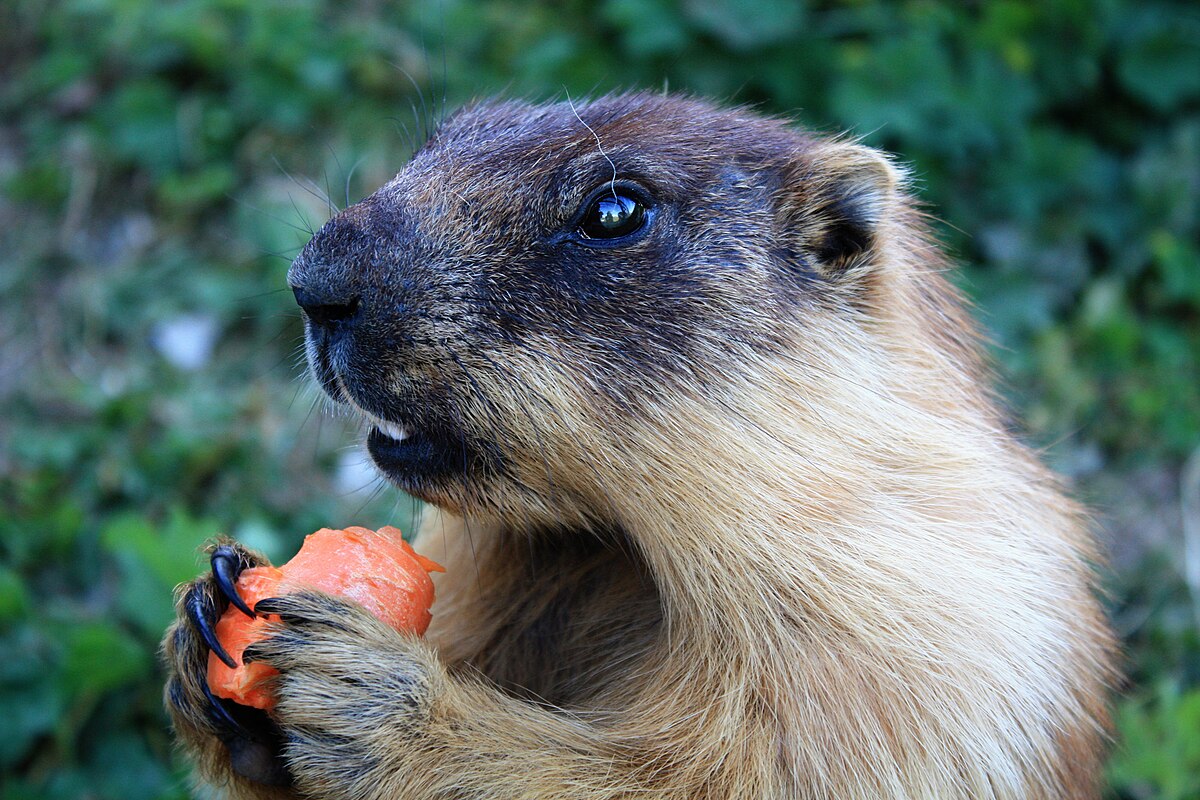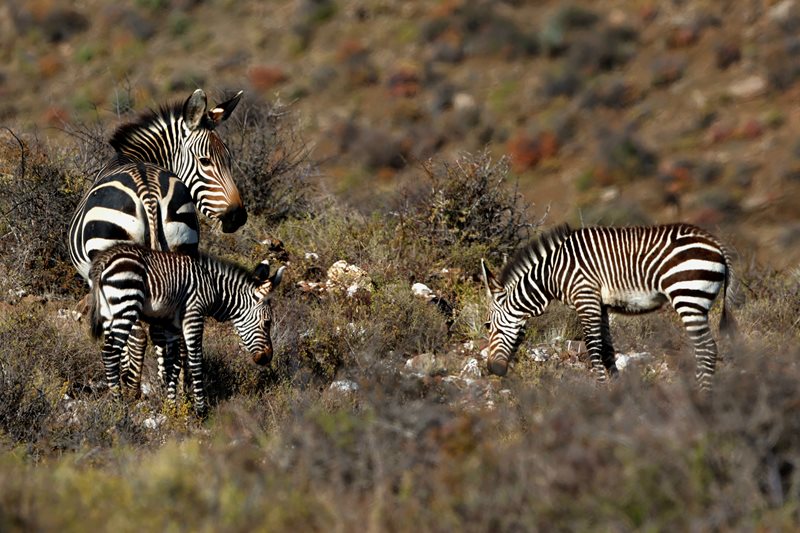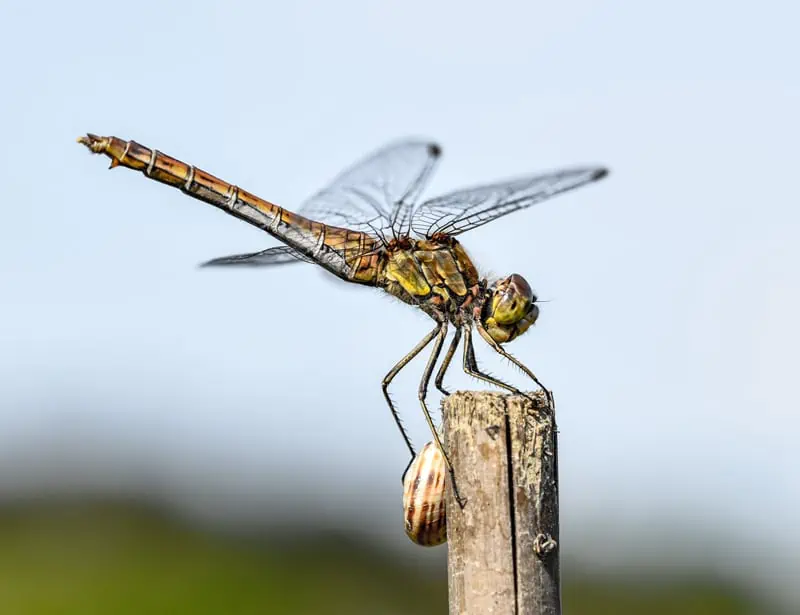pivot62.com – Marmots are large, ground-dwelling rodents found in mountainous regions and meadows across the Northern Hemisphere. Known for their hibernation habits and social nature, marmots are herbivores that rely on a plant-based diet for survival. Their eating habits are influenced by seasonal changes, as they must consume enough food to store fat reserves for their long hibernation period. This article explores the diet of marmots, the types of food they prefer, and how their feeding behavior adapts to their environment.
1. Marmot Diet Overview: Primarily Herbivorous
Marmots are strictly herbivorous, meaning their diet consists almost entirely of plant matter. They feed on grasses, flowers, and other vegetation that grows in their alpine or meadow habitats. Marmots are grazers and spend a significant portion of their active months consuming food to prepare for hibernation.
Key Components of a Marmot’s Diet:
- Grasses and herbs: The bulk of their diet.
- Flowers: Consumed for added nutrients and variety.
- Vegetables: Leaves, stems, and roots of various plants.
- Fruits and berries: Seasonal foods that provide additional nutrients.
Their diet is entirely plant-based, and marmots graze throughout the day to meet their nutritional needs.
2. Grasses and Herbs: The Staple of a Marmot’s Diet
Grasses and herbs make up the majority of a marmot’s diet. These foods provide the essential carbohydrates, fiber, and nutrients marmots need for energy and overall health. Marmots graze on a variety of grasses found in their habitats.
Common Grasses and Herbs Eaten by Marmots:
- Timothy grass: A favorite food source in alpine meadows.
- Fescue grass: Frequently found in marmot habitats.
- Clover: A highly nutritious herb that marmots enjoy.
- Dandelions: Both the leaves and flowers are eaten by marmots.
These plants are abundant in the mountainous regions where marmots live, making them an essential part of their daily diet.
3. Flowers: Nutrient-Rich Seasonal Treats
During the warmer months, marmots also consume flowers, which provide additional nutrients like vitamins and minerals. Flowers are especially important during the summer when they are plentiful in alpine meadows.
Common Flowers Eaten by Marmots:
- Buttercups: A colorful addition to a marmot’s diet.
- Asters: Marmots enjoy grazing on these wildflowers.
- Daisies: Found in meadows, daisies are eaten by marmots for variety.
- Alpine wildflowers: Marmots feed on a range of wildflowers that grow in high-altitude environments.
Flowers add diversity to the marmot’s diet, giving them access to a wider range of nutrients.
4. Vegetables and Plant Matter: An Important Food Source
Marmots also eat other parts of plants, including leaves, stems, and roots. These foods help marmots meet their nutritional needs, particularly when grasses are less abundant.
Common Plant Matter Eaten by Marmots:
- Plant stems: Marmots will eat the stems of various meadow plants.
- Leaves: Tender leaves from a variety of plants are a key part of their diet.
- Roots: Marmots sometimes dig up and eat the roots of certain plants, particularly when other food is scarce.
These plant materials provide fiber and additional nutrients that help marmots maintain their health throughout the year.
5. Fruits and Berries: Occasional Delicacies
Although not a major part of their diet, marmots do eat fruits and berries when they are available. These foods are more common in late summer and early fall and provide important sugars and vitamins.
Common Fruits and Berries Eaten by Marmots:
- Wild berries: Marmots consume berries such as blackberries or raspberries.
- Alpine fruits: In some regions, marmots may eat fruits like wild apples or small alpine fruits.
These foods are typically consumed when they are abundant, offering marmots a sweet, energy-rich snack before hibernation.
6. Feeding Behavior: Preparing for Hibernation
Marmots are known for their preparation for hibernation, which typically lasts from late fall until early spring. During their active months, marmots consume large amounts of food to build up fat reserves. They can spend up to 60% of their waking hours foraging for food in the summer.
Hibernation and Fat Storage:
- Weight gain: Marmots need to double or triple their body weight in fat to survive the winter months.
- Foraging intensity: As winter approaches, marmots increase the amount of time they spend eating.
This feeding behavior is crucial to their survival, as marmots rely entirely on their fat stores to last through the long hibernation period.
7. Seasonal Changes in Diet
The availability of food changes with the seasons, which directly impacts what marmots eat. In the spring and early summer, marmots focus on eating fresh grasses and herbs. As the season progresses, they turn to flowers, fruits, and other plants that become available. By late summer and early fall, marmots are in a feeding frenzy, consuming as much food as possible to prepare for hibernation.
Seasonal Foods:
- Spring: Fresh grasses and herbs.
- Summer: Grasses, flowers, and some fruits.
- Fall: Late-season berries, plants, and root vegetables.
Marmots must take advantage of each season’s offerings to ensure they have enough food to store fat for the winter.
8. Feeding Marmots in Captivity
If you are caring for a marmot in captivity, it’s important to provide a diet that closely resembles their natural food sources. Fresh grasses, leafy greens, and vegetables should make up the bulk of their diet, with occasional treats of fruits and flowers.
Ideal Foods for Captive Marmots:
- Fresh grass: Provide a variety of grasses similar to what they would eat in the wild.
- Leafy greens: Dandelion greens, clover, and timothy hay are good options.
- Vegetables: Offer carrots, sweet potatoes, and other root vegetables.
- Fruits: Small amounts of apples or berries as occasional treats.
Always ensure they have access to fresh water and avoid feeding them processed or sugary foods.
9. Conclusion
Marmots are herbivores with a plant-based diet that includes grasses, flowers, fruits, and vegetables. Their feeding behavior is closely linked to the seasons, with their diet shifting to match the availability of different plants throughout the year. As they prepare for hibernation, marmots consume large quantities of food to build up the fat reserves they need to survive the long winter. Whether in the wild or captivity, marmots require a varied and nutritious diet to thrive. Understanding their dietary needs helps support their health and well-being throughout the year.

